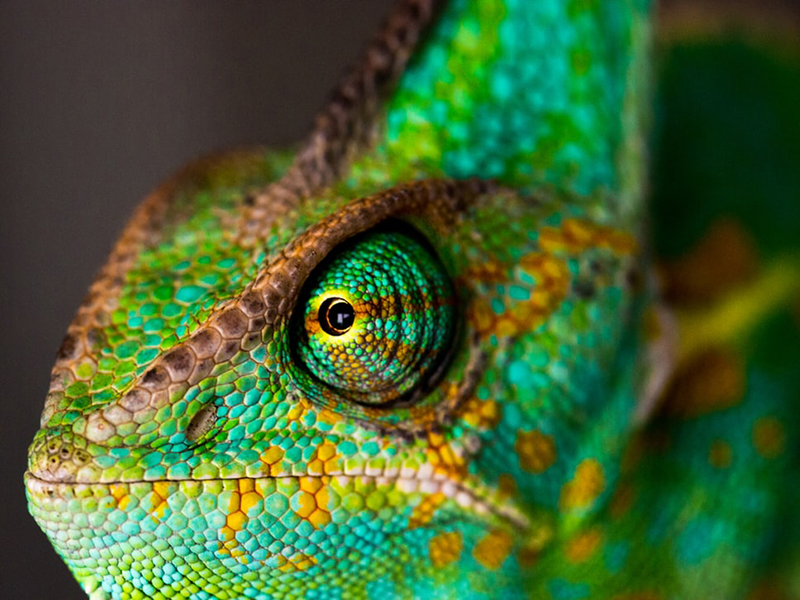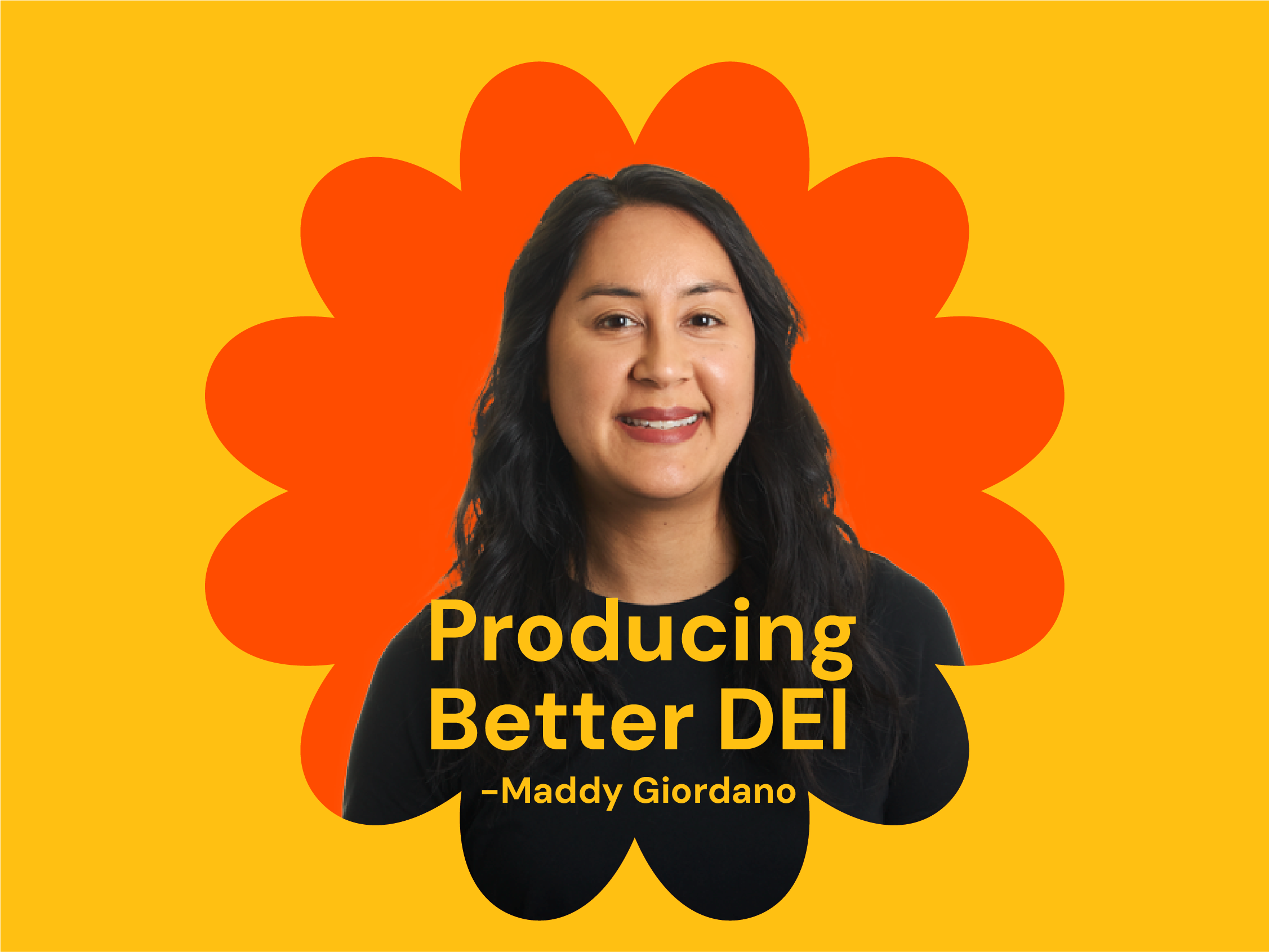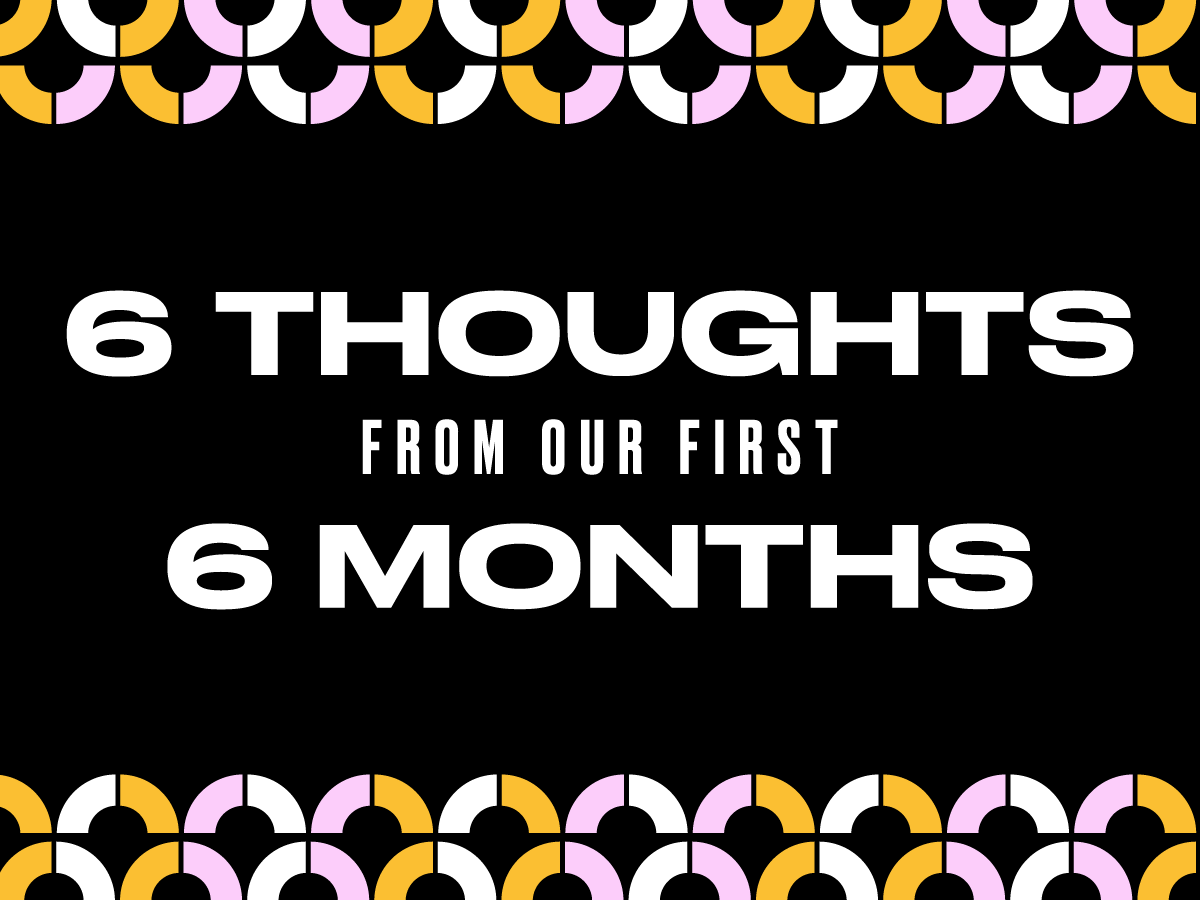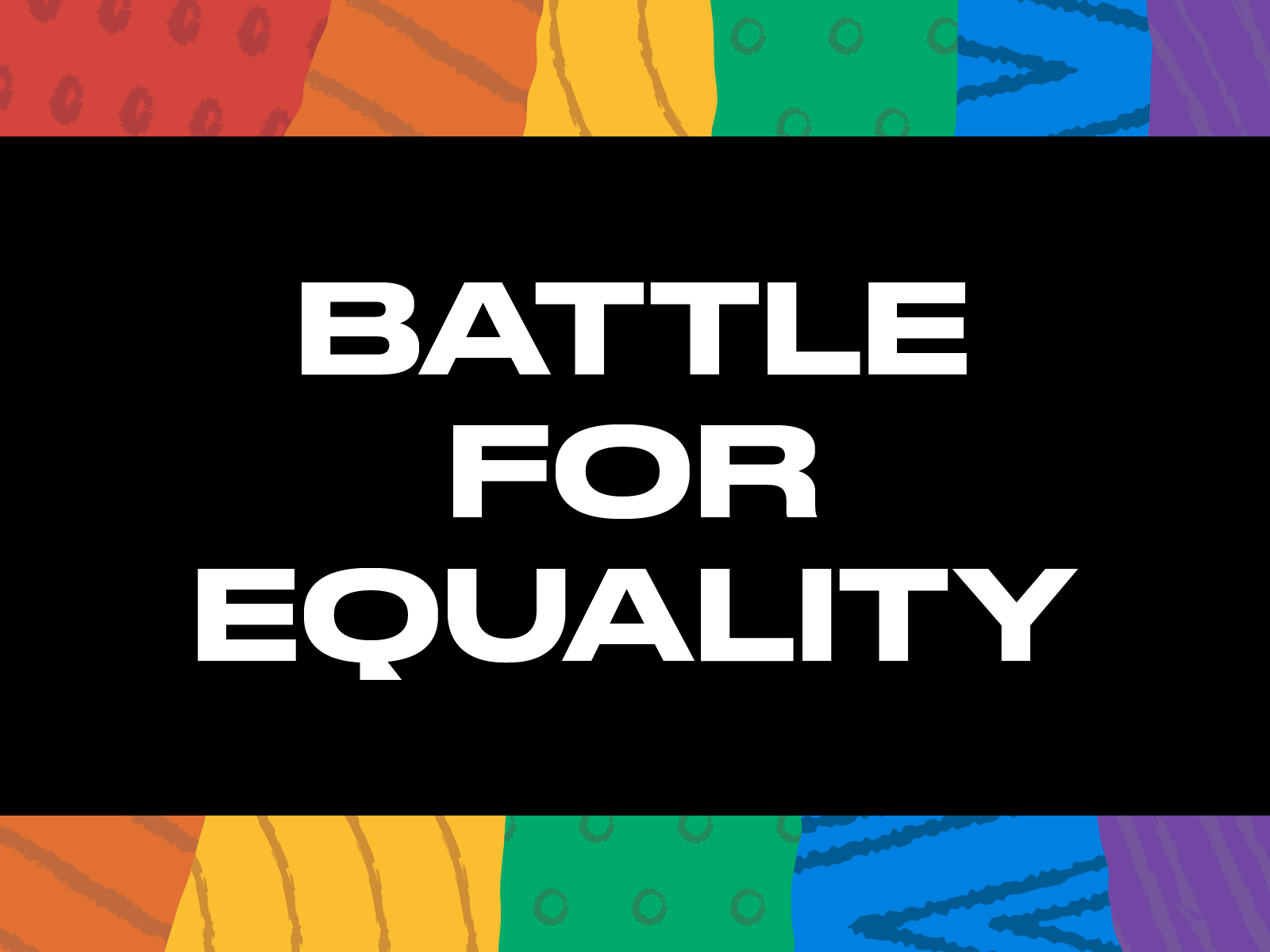Adaptive Design and the Value of Being a Chameleon
If you’ve seen the sushi geek film Jiro Dreams of Sushi, you probably remember the bit about how Jiro’s apprentices spend 10 years mastering their knife skills. 10 years.
Can you imagine where you’d be if you had focused only on one skill for the last 10 years … in our industry? Sure, you’d be an expert. You’d also be a dinosaur in a media and business world where the rules and tools seem to change every few days.
No offense to Jiro, but in our industry, being a specialist is out. Being adaptive is in.
Adaptive is less about rigid, formalized expertise and more about having the ability to adapt, solving any problem through creativity. And since each problem is its own strange and beautiful creature to tame, agencies need to start channeling their inner chameleon as their spirit animal.
Taking cues from the world of adaptive brand design is a great place to start. Flexible identity systems let brands show up in a variety of ways depending on the moment, while still having enough stable elements to give it the necessary glue to make it all hang together. Think of the glory days of MTV with its ever-mutating logo. Modern brands like Slack and Dropbox are doing it as well, creating systems that are both surprising and consistent.
For my agency’s brand, it made all the sense in the world to have an adaptive design. We don’t make the same widget every day like in a factory, and that “Every day is different” spirit is what attracted many of us to a life of creative brand-building. By ditching our old fixed logo for an adaptive design, we can flex our agency voice based on what we’re doing and who we’re doing it with. Some days we’re sophisticated and intellectual. Other days we’re letting our freak flag fly. Our new adaptive brand design lets us be what we need to be—a creative agency that is always ready to solve a new problem for clients.
But adaptive design is about much more than a flexible logo, and it’s influencing how we work together and the work we make. Here are a few ways that adaptability can help future-proof your agency:
It kills “save-as” thinking.
If every business problem requires a unique solution (and they do), then there is no blueprint for how an agency should tackle a project (there isn’t). It sounds terrifying to ditch the playbook, but it’s actually exciting for agency folks and appealing to clients. After all, what client wants you to dust off what you did for another brand, swap out the logo and sell it to them? OK, a few clients may want that, but they’ll face an uphill battle in the future.
It ups your recruiting game.
You’re going to want more multi-tool creative thinkers and makers who are comfortable with ambiguity, thrive on trial and error, and can jump in with X-factor magic to solve a problem. You’ll still need heads-down specialists in some areas, but the more people with the lifelong-learner gene, the better. If you don’t believe me, just ask the team recruiting for the first human mission to Mars—adaptability is one of the five key characteristics required.
It busts up the silos.
Silos are harder to build and fortify when you start tackling problems in new and different ways. The core team isn’t always the same, so you’d better get out in the hallways and find some answers with the people you work with. That leads to more unexpected collisions of ideas, which makes for better, more bulletproof work.
You’ll notice I didn’t say adaptive means “faster.” Yes, everything is happening faster, but let’s not foster the quick-turn, churn-and-burn mentality any more than is necessary. You can be the chameleon or the chicken with its head cut off. I’ll take the one with the head still intact. John Wooden, legendary coach of my UCLA Bruins, said it best: “Be quick, but don’t hurry.” Adaptive is like the old “athletic ready stance” they teach in pee-wee basketball. Knees bent, butt out, up on the balls of your feet. You’re ready to go left, right, forward or back.
And brands need to be adaptive as well. If you want people to love your brand, you need to keep things fresh. After all, what makes people stay in love will change over time. So while the future of branding and marketing may not be as dramatic as “Adapt or die,” think of it more as “Adapt or grow old alone and muttering to your pet.”
Article originally from Muse by Clio: https://musebycl.io/design/adaptive-design-and-value-being-chameleon
Image credit: Ante Jamersmit, Unsplash



